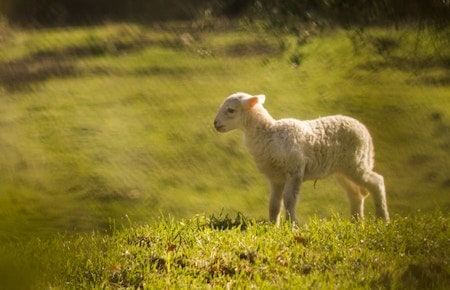
A joyous klezmer accompaniment track to the traditional Passover freedom song, often sung as part of the Seder. This arrangement includes clarinet, piano, acoustic guitar, upright bass, and drums. After a short clarinet introduction, the whole song is played twice through.
Dm Bm Fm

This song is sung at the end of the Passover seder. The lyric is the last line of the Haggadah, and means, "Next year in Jerusalem!" The energetic world music groove reflects the varied Jewish communities around the globe who still speak of coming home to Jerusalem. The arrangement features percussion from Egypt, Iraq, and India, as well as the Turksih saz, Indonesian gamelan, alto flute, a full string sectopm, upright bass, and electric piano.
D F B

A beautiful orchestral rendition of the Passover song about the prophet Elijah. Begins and ends intimately, with accordion, solo clarinet, guitar, solo cello, and arco bass, and grows to glorious full orchestra in the middle.
Em Gm Bm

An upbeat klezmer version of the traditional Passover hymn. A song of praise and freedom and God's attributes, often following an alphabetical format. Lively and energetic, perfect for the end of a seder or Passover service.
D C A F

A beautiful, peaceful orcehstral arrangement of the traditional passover song. A song of praise and freedom and God's attributes, often following an alphabetical format.
C Bb Eb G

An orchestral "Fiddler On The Roof"-style arrangement of the traditional Jewish spiritual Let My People Go. About the Jewish people's freedom from slavery in Egypt, this song is commonly used during Passover seder, and commonly used as a metaphor for the enslavement and oppression of Africans in America.
Fm Am Dm Cm

Klezmer and upbeat arrangement of the traditional passover song. Popular tongue-twister for kids and adults alike, normally sung during the seder on Passover. Music is uptempo, featuring accoustic guitar, accordion, bass and drums. Dayenu means "It would have been enough."
Eb G Bb C